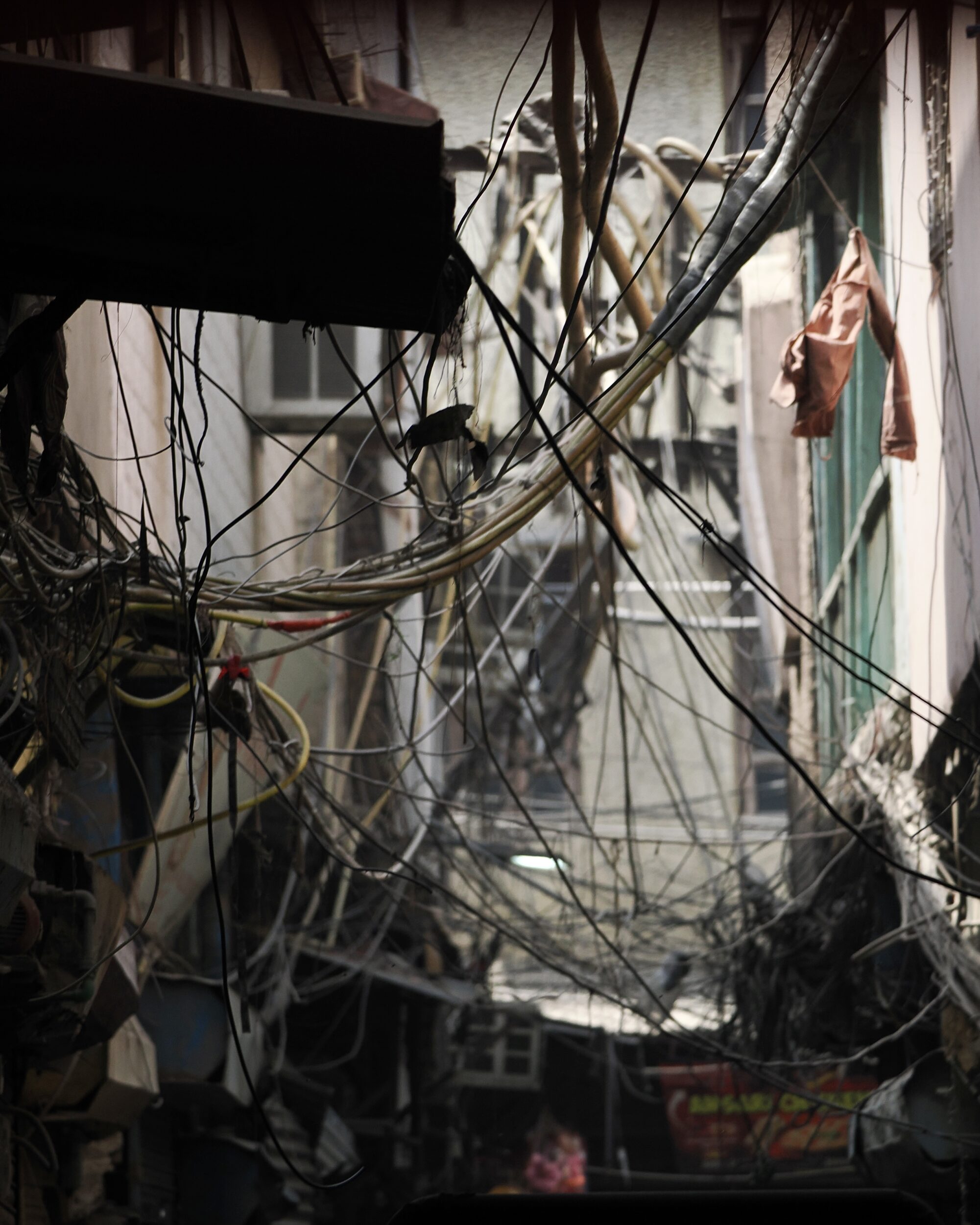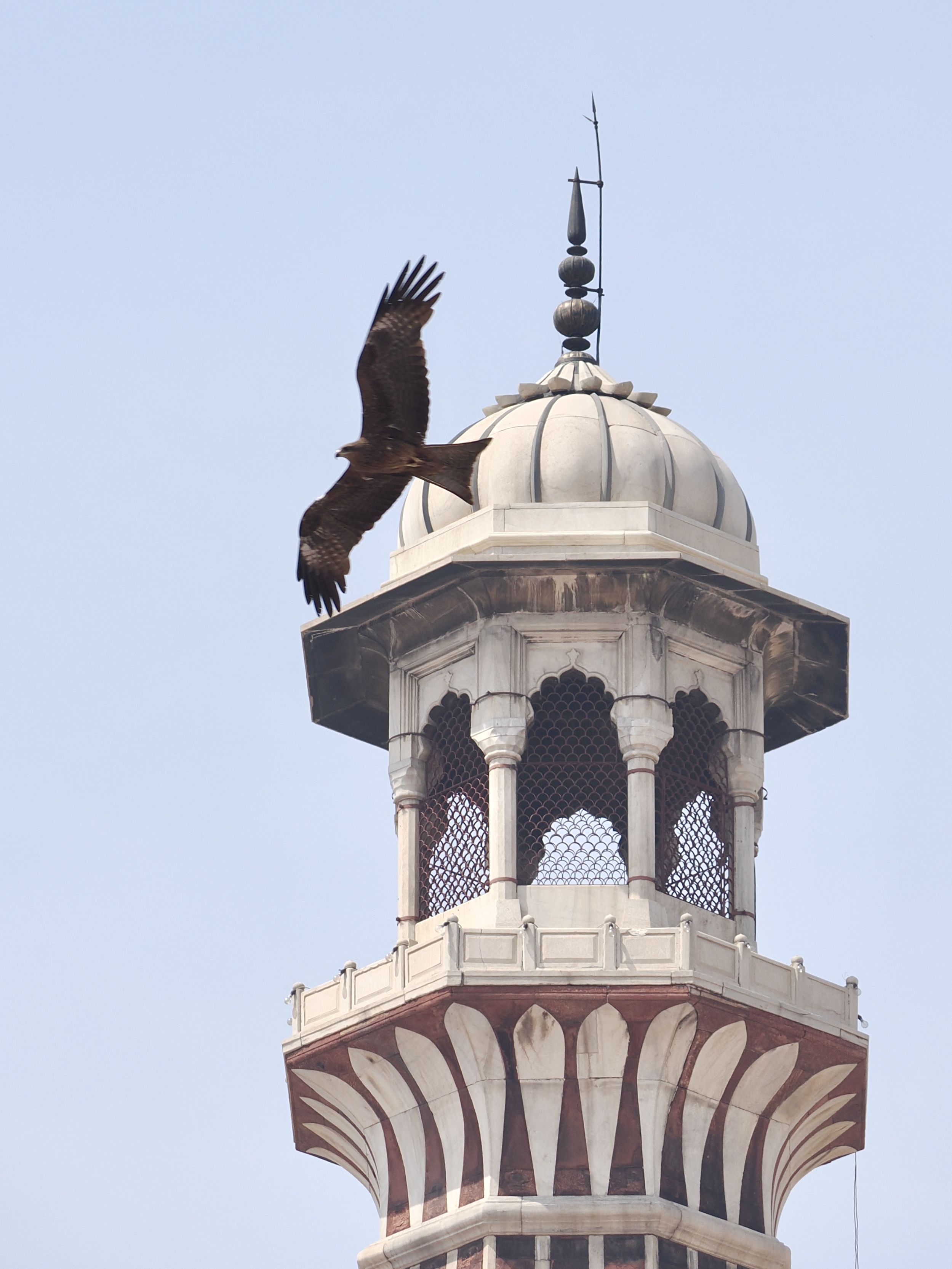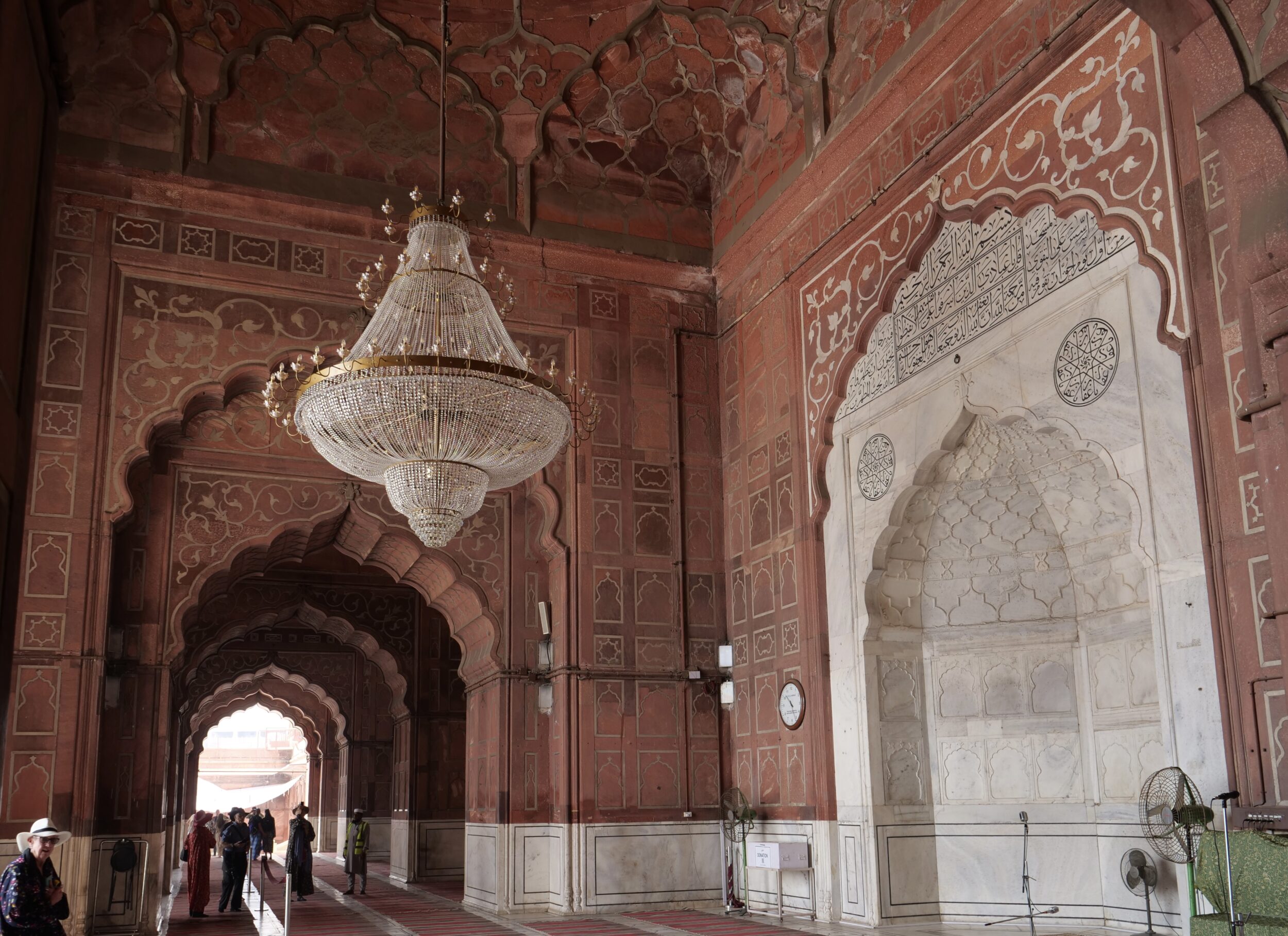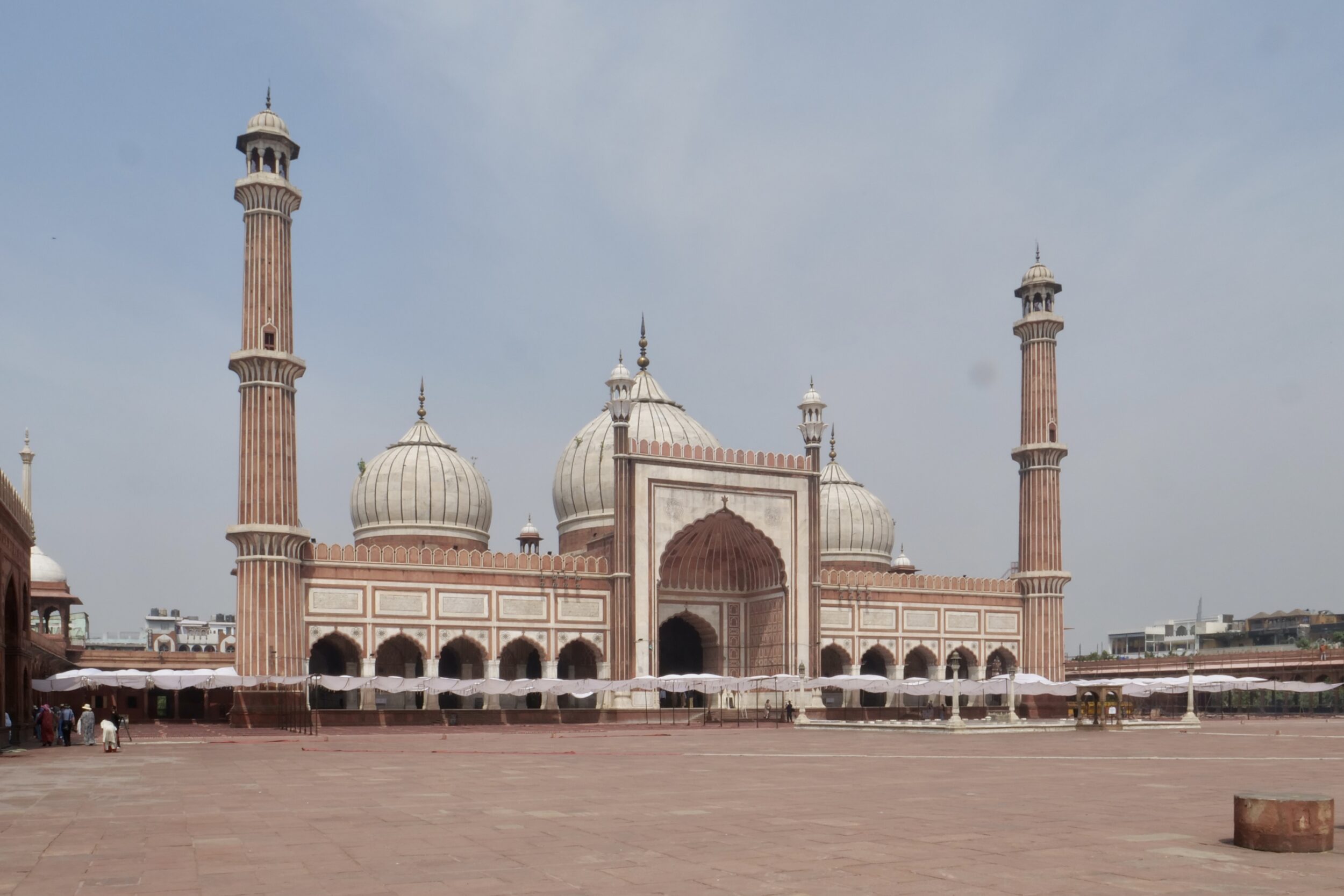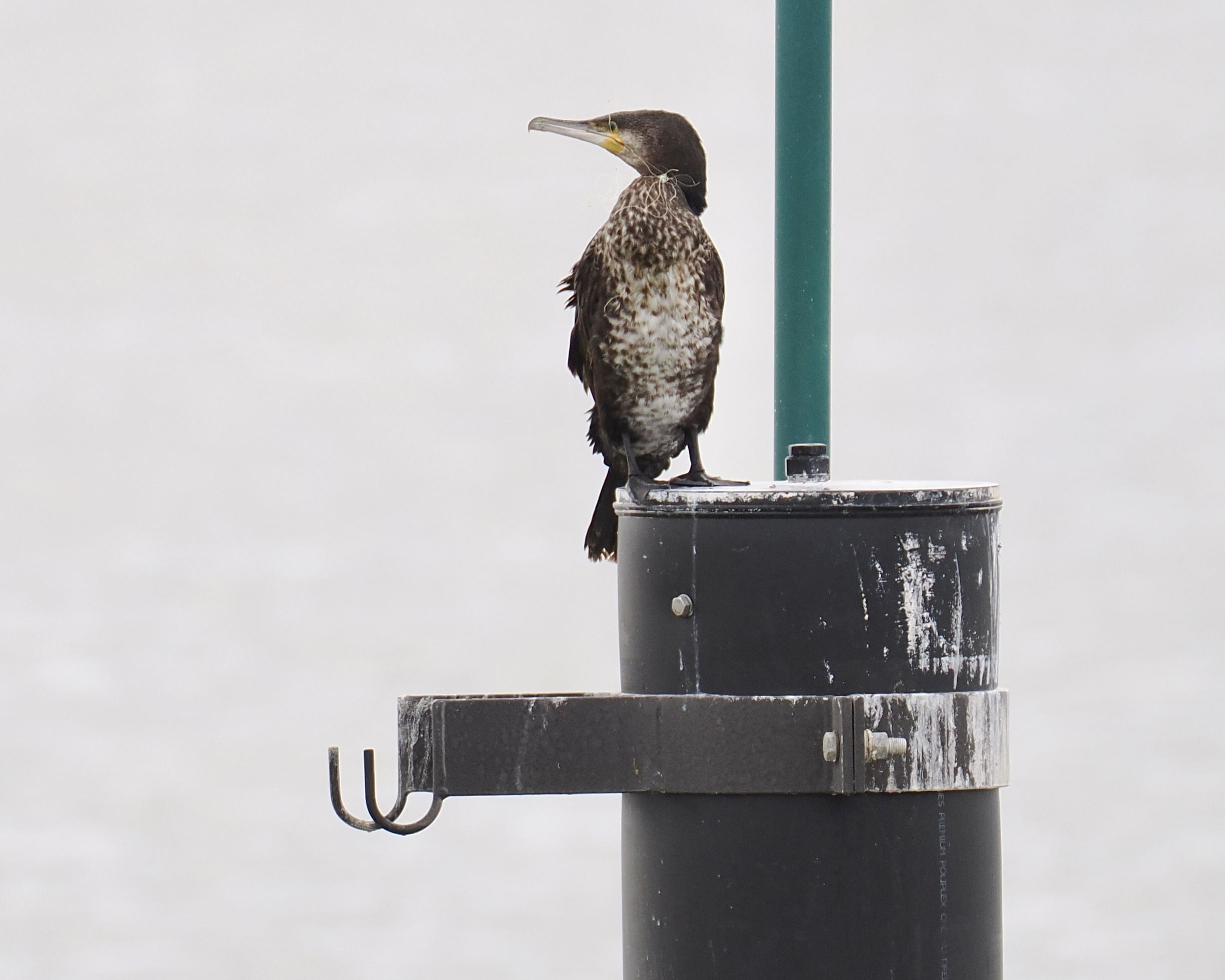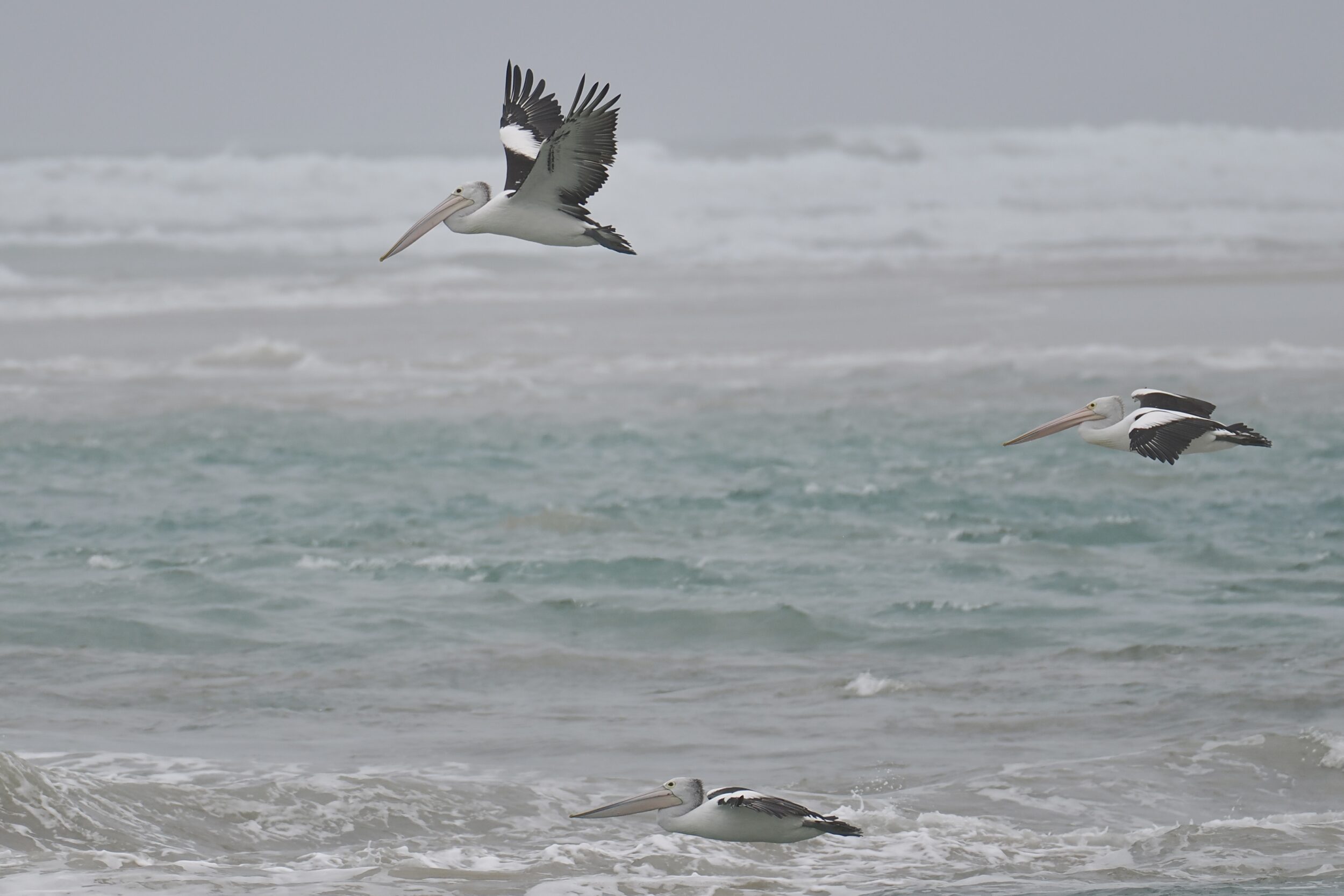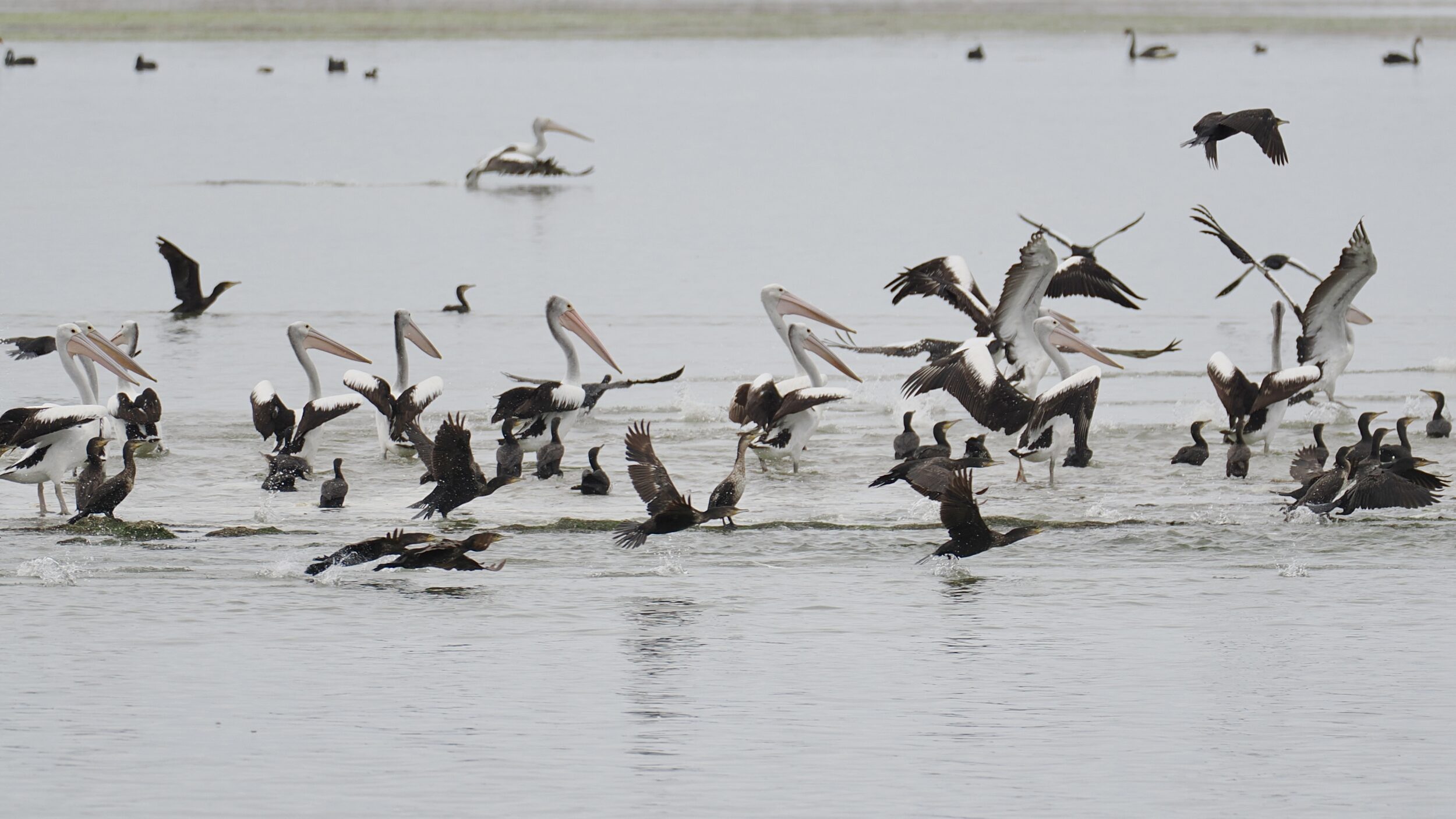Old Delhi’s “wiring” has to be seen to be believed.
Externally, everything electrical is “above ground”, rather than “above board”; electrical connections are “highly informal”.
The “regulatory hand” is nowhere apparent.
This post’s images were both taken from “our” rickshaw; the first looks left, into a lane, the one below looks straight ahead.
Comments closed